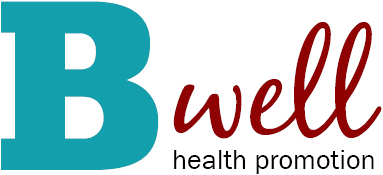Whether you are an athlete on one of Brown's varsity teams, someone who works out regularly at the gym, or are just considering getting more physically active, you may be wondering how what you eat and drink affects your performance. The world of sports nutrition can be particularly confusing, because you may get conflicting information from magazines, web sites, coaches, or friends. Should you eat special foods before you compete? Should you take special supplements to bulk up? Can you be a vegetarian and expect to be powerful? For answers to these questions and more, you can meet with one of Brown’s sports dietitians:
Health Services Dietitian 401-863-3558
Confidential information or care is available through individual appointments with a Registered Dietitian. Students can discuss personal eating concerns, as well as any concerns they may have regarding a friend, a roommate, or a teammate. There are no fees for these services and both varsity and non-varsity athletes may see the dietitian.
Athletics Sports Dietitian
Varsity athletes may schedule an appointment with the sports dietitian in Athletics. Contact your athletic trainer for more information.






